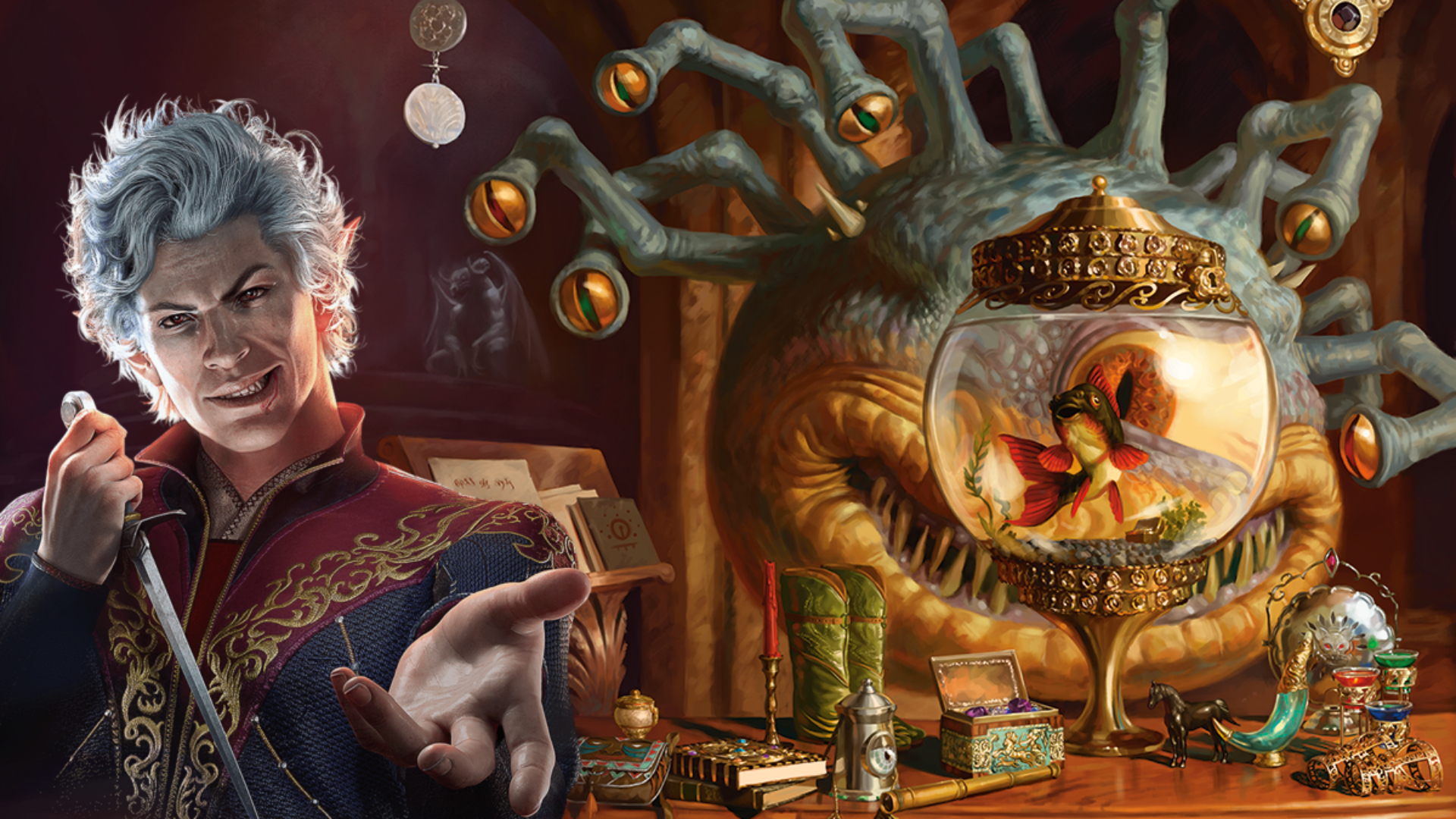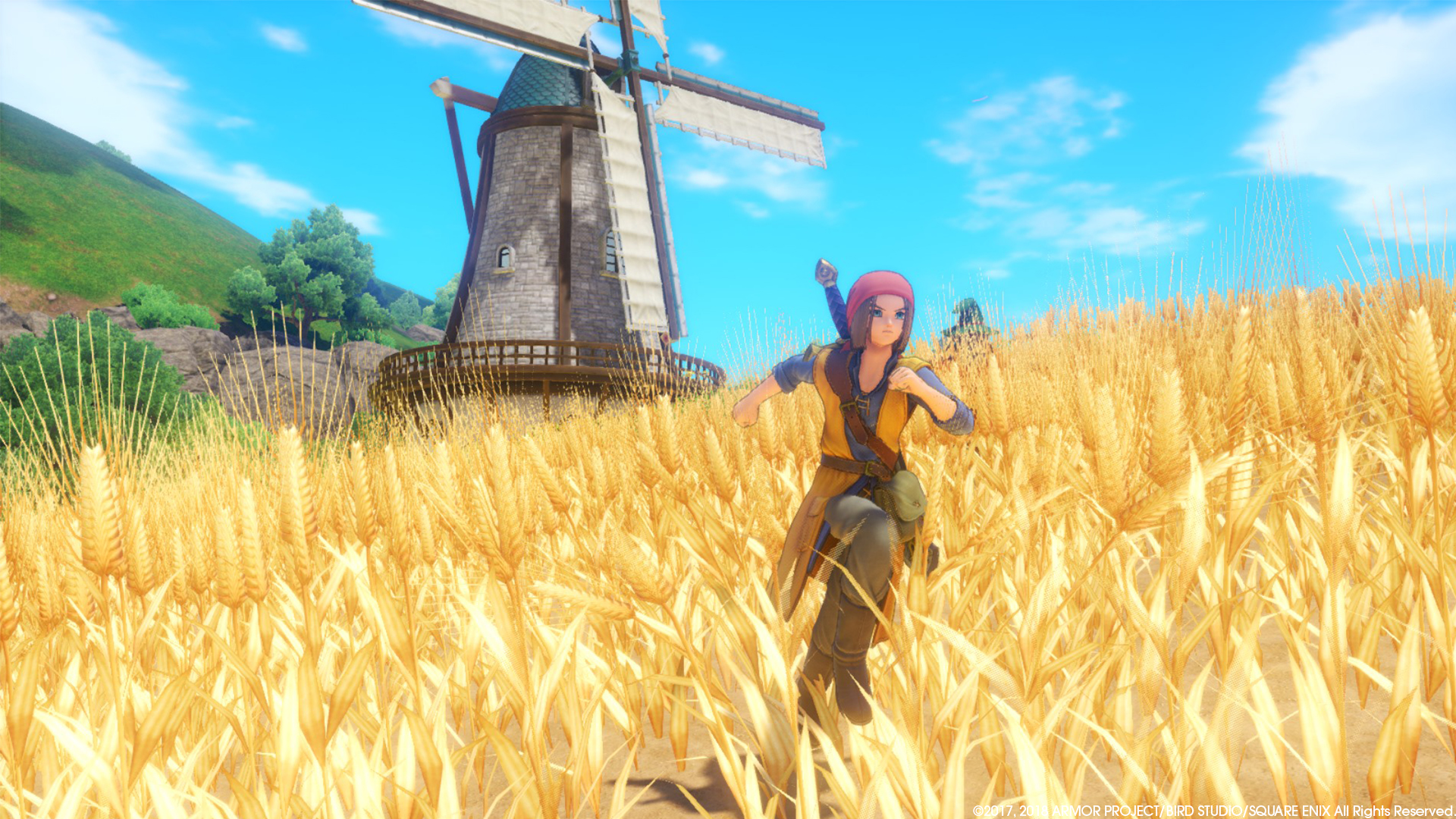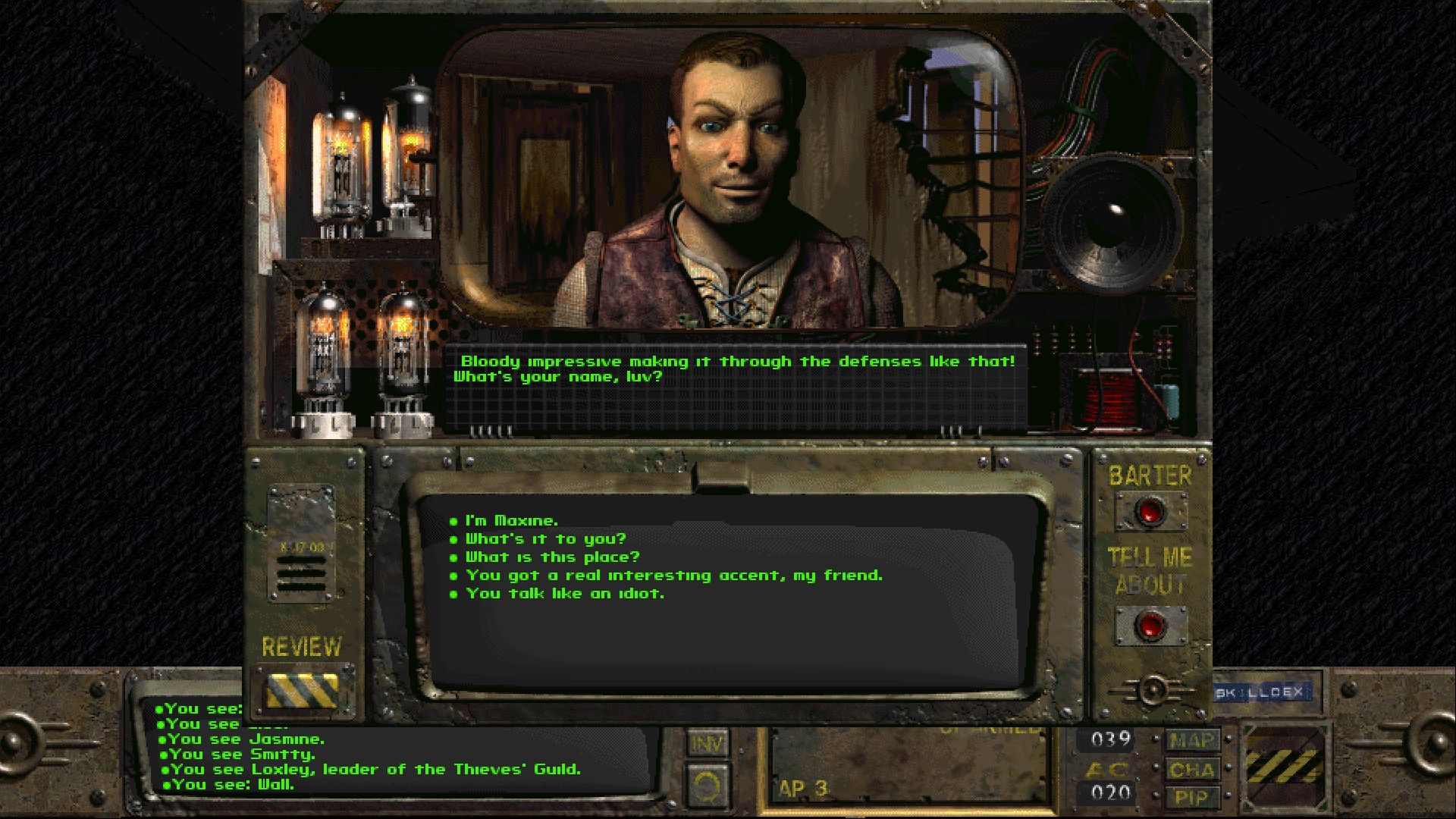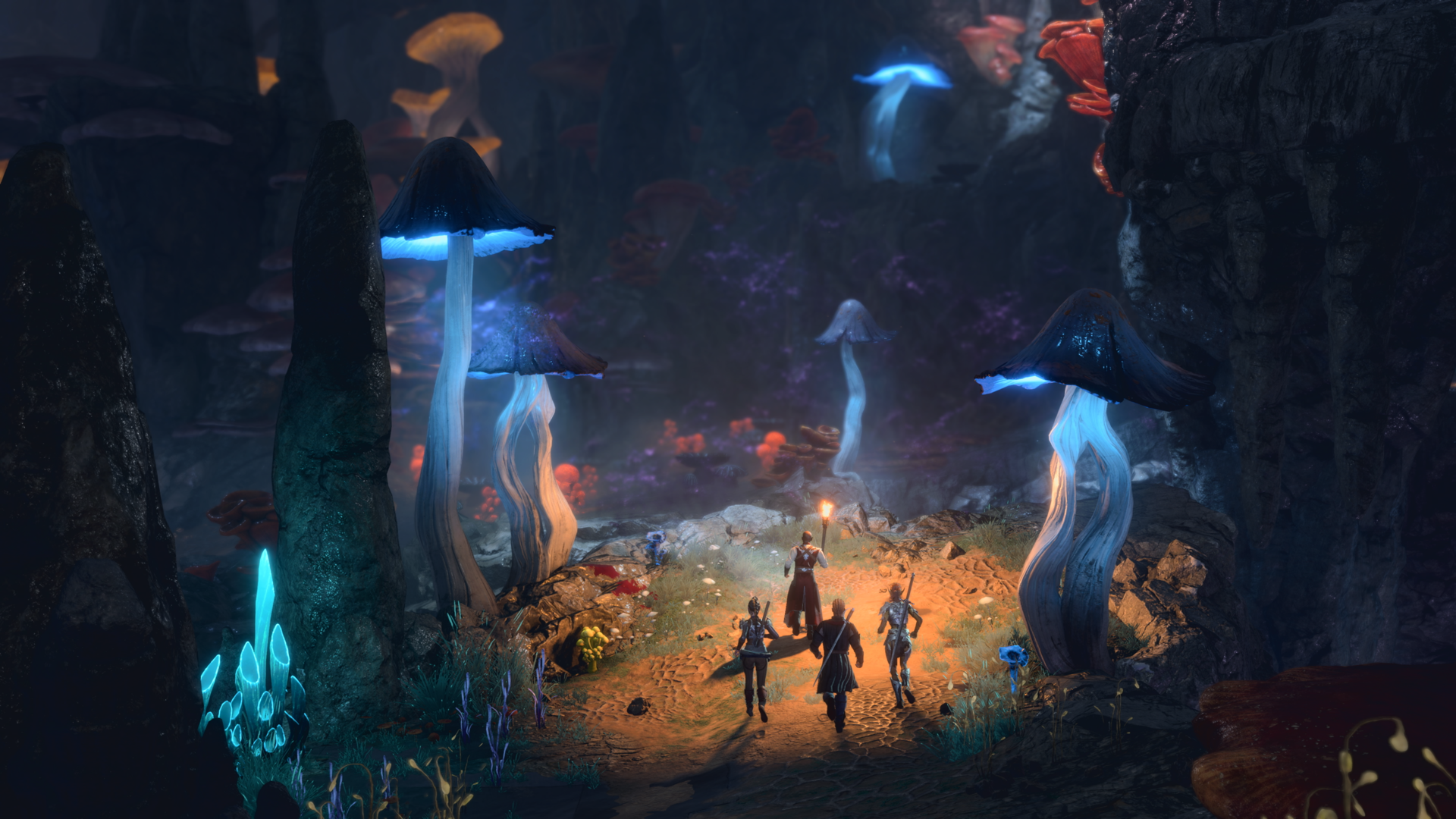Dungeons & Dragons at 50: how D&D changed everything
Taking initiative

From a humble box set in 1974 to a global phenomenon, tabletop role-playing game (TTRPG) Dungeons & Dragons (D&D) is now a household name. Starting as a series of rules for “fantastic medieval wargames,” D&D would evolve over five decades, becoming an open-ended platform for improvisational storytelling and thrilling turn-based battles.
However, despite D&D’s emphasis on pen and paper, the creators of the TTRPG, Gary Gygax and Dave Arneson, would craft a seminal system of rules and storytelling that would go on to have a massive impact on the world of video games, giving developers the tools for realistic simulation that they’d need to craft the first role-playing games (RPGs) - tools which still see heavy use today.
This fact can come as a surprise. After all, modern RPGs like Final Fantasy 7 Rebirth seem like a far cry from turn-based pen-and-paper combat with their slick, real-time battles and dynamic systems for dodging and parrying. However, scratch the surface, and you’ll find that modern RPGs of all kinds, such as Elden Ring or even Starfield, stand on the shoulders of D&D.
Back in 1974, D&D broke molds established by the best boardgames and wargames. Before computers, there were plenty of analog ways to play out a dramatic conflict. However, when it came to offering a more character-centered experience, the analogue games of the past weren’t quite up to snuff. Author H.G. Wells’ famous 1913 wargame Little Wars was an accessible, child-friendly offering, but its simple rules and lack of random chance offered little scope for complex stories (via Huffington Post).
On the path

Thankfully, Gygax and Arneson built D&D differently. By giving each character their own set of complex stats that could be used to interact with other characters and the environment at large, you could not only simulate battles on a granular level, but also use stats to tell a story that would reflect the qualities of the character that possessed them.
A burly Fighter (known problematically as ‘the Fighting man’ in 1974) would have a higher strength score, while a learned spell-caster would have higher intelligence. Both affected how characters interacted with the world. A Wizard would be more likely to notice a trap, while a Fighter was better at kicking down a door. To our modern eyes, this might seem simple, but it opened up a new world of possibility in game design - a world that video games would begin to explore with the advent of the RPG.
This approach would attract attention from game developers in the East and West as they looked for ways to adapt the formula for video games. Japanese video game designer Yuji Horii, the creator of the legendary RPG series Dragon Quest, saw the rise of computing technology as a way of taking care of the “nasty little chores” that granular and complex games like D&D required of their players (via Forbes). The computer would look up all the vital stats for you and roll the dice so you didn’t have to.
Get daily insight, inspiration and deals in your inbox
Sign up for breaking news, reviews, opinion, top tech deals, and more.

This innovation allowed game designers to craft intricate interlocking systems to tell their stories, where consistent battles could be simulated at no cost to pacing or fun. The change would also facilitate the emergence of greater scope for more player-driven stories, as designers strove to accommodate the different sorts of characters that individuals could build within their games.
Titles like Interplay’s Fallout and Bethesda Softworks’ Elder Scrolls Arena would add side quests and story choices to their campaigns, adapting those early D&D-like systems to fit in a wider game world. An easier feat thanks to the new technology available in the 1990s. With the “nasty little chores” taken care of, the door was open for meaningful player choice. As video game historian Matt Barton put it, games like Arena emphasized “freedom of action” and allowed you to “build your character, not play someone else’s” (via Gamasutra). In this way, the ambitious RPGs of the 90s captured the spirit of D&D and ran with it.
On the shoulders of a giant

Fast forward to the modern day, and we see the influence of D&D everywhere. The most obvious example of this is fantasy RPG Baldur’s Gate 3, which is a literal adaptation of D&D Fifth Edition. The winner of numerous Game of The Year awards, including our own, it was the playful, open-ended quality of Baldur’s Gate 3 that helped it capture the hearts of gamers across the world.
The game's scope for player choice comes courtesy of those systems first imagined in D&D back in 1974, which allow you to craft a character that’s truly your own while giving them a series of meaningful ways in which they can interact with the world around them. Just as in classic D&D, Baldur's Gate 3 has you determine your character's stats, background, and class - all of which go on to affect the storyline in conjunction with your own choices.
Fast forward to the modern day, and we see the influence of D&D everywhere
We can even see this across the entirety of modern gaming. The best RPGs as well as the best Horror Games, make great use of the mechanical and statistical design first seen in D&D. Even in games where the numbers aren’t necessarily visible, elements inherited from D&D are still very much at play.
In Alan Wake 2, you can choose from a variety of firearms, such as a pistol, a sawed-off shotgun, or a hunting rifle. These weapons will deal damage based on their type and proximity to the target. This damage is the product of weapon statistics, which, hidden behind the game’s minimalist user interface (UI), are governed by complex calculations. More “nasty little chores,” as Horii would say. Just as in the original 1974 edition of D&D, your weapons have numbers attached - statistics that alter your interactions with enemies in combat.

This element is so fundamental to modern game design, that it’s tricky to find a title that doesn’t incorporate these simulationist systems. In games like The Elder Scrolls 5: Skyrim and Starfield, the effects of weapon and character stats are made clearer - the pretense dropped by informative tooltips. Sports games like EA Sports FC24 wear this sort of simulationism on their sleeve, too, with reams of stats for each player that, at times, can be so complex that they feel lifted from a D&D Monster Manual.
By having the computer perform the calculations under the surface, video games have been able to pick up the slack - delivering streamlined, satisfying simulations. While modern games have undoubtedly improved on D&D’s original formula by offering more dynamic and accessible ways of engaging with these sorts of systems, the legacy of Gygax and Arneson’s earliest work has had an enormous impact on game development, going on to shape how the games of the future would simulate their worlds and characters.
Want to see more titles with roots in D&D? Check out our lists of the best JRPGs or the best PC strategy games for some recommendations.

An editor and freelance journalist, Cat Bussell has been writing about video games for more than four years and, frankly, she’s developed a taste for it. As seen on TechRadar, Technopedia, The Gamer, Wargamer, and SUPERJUMP, Cat’s reviews, features, and guides are lovingly curated for your reading pleasure.
A Cambridge graduate, recovering bartender, and Cloud Strife enjoyer, Cat’s foremost mission is to bring you the best coverage she can, whether that’s through helpful guides, even-handed reviews, or thought-provoking features. She’s interviewed indie darlings, triple-A greats, and legendary voice actors, all to help you get closer to the action. When she’s not writing, Cat can be found sticking her neck into a fresh RPG or running yet another Dungeons & Dragons game.